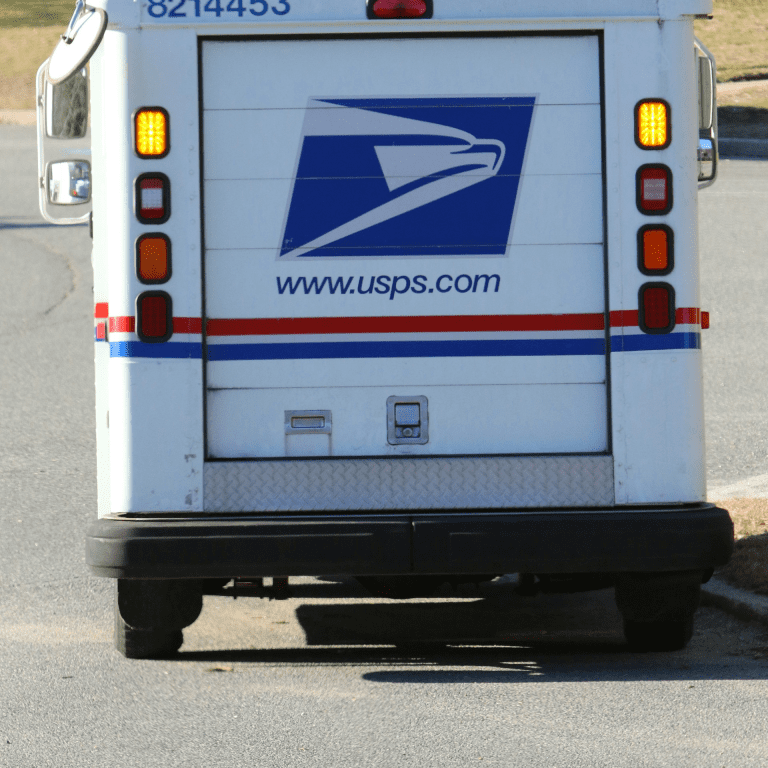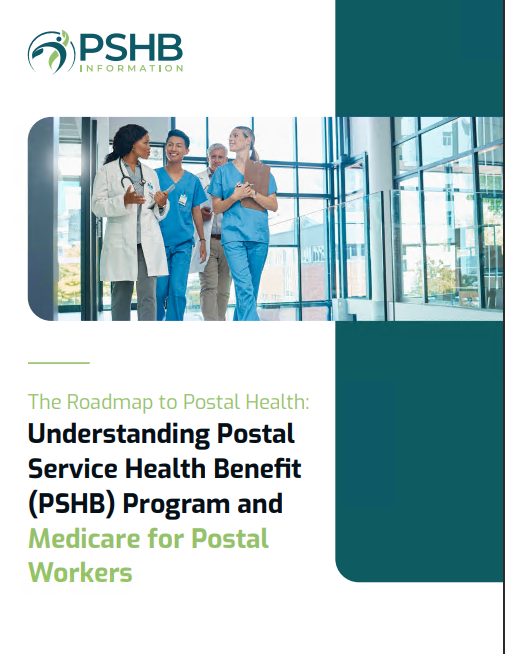Key Takeaways
-
In 2025, your out-of-pocket contributions for Postal Service Health Benefits (PSHB) cover about 30% of your total health insurance costs, while the federal government shoulders the remaining 70%.
-
Your actual costs include more than just monthly premiums—they can also involve deductibles, copayments, coinsurance, and out-of-network charges, all of which vary by plan type and Medicare coordination.
Understanding What You Pay
If you’re a Postal Service employee or retiree, you might be wondering exactly what you’re paying out of pocket under the PSHB Program in 2025. With the transition from FEHB to PSHB now complete, your health insurance structure has changed, but the basics of cost-sharing remain familiar: you pay a portion, and the government pays the rest.
That said, the total amount you contribute annually isn’t limited to your premium. It’s the combination of several types of cost-sharing mechanisms that can add up quickly if you don’t plan ahead.
Core Components of Your Costs
Your out-of-pocket expenses typically include:
-
Monthly Premiums: This is the recurring payment you make, which depends on your plan tier—Self Only, Self Plus One, or Self and Family.
-
Deductibles: The amount you must pay each year before your plan starts sharing costs.
-
Copayments: A fixed dollar amount you pay for common services like doctor visits.
-
Coinsurance: A percentage of costs you cover after meeting your deductible.
-
Out-of-Network Charges: Extra costs incurred when you use providers not in your plan’s network.
How Much the Government Pays
The federal government currently covers approximately 70% of your total PSHB premium. This contribution doesn’t vary based on your retirement status; it applies whether you are actively employed or retired, as long as you’re enrolled in PSHB.
The government’s share is calculated using a weighted average of the plans available and is updated annually. This means that even if your plan’s overall cost rises, the government still contributes a consistent portion based on this formula. However, this can result in higher personal costs if your plan increases above the average rate.
What You Pay: Employee vs. Retiree
Your costs as a Postal Service employee differ slightly from what you pay as a retiree. Here’s how:
For Employees:
-
You pay your share of premiums through payroll deductions.
-
Pre-tax contributions reduce your taxable income.
-
Your plan may offer lower deductibles and out-of-pocket maximums than the same plan does for retirees.
For Retirees:
-
You pay your share of premiums monthly, often via annuity deductions.
-
These payments are typically not pre-tax.
-
If you’re eligible for Medicare, your PSHB plan is coordinated with it, which could lower your cost-sharing in some areas but may also require separate Medicare premiums.
Impact of Medicare Enrollment
In 2025, certain Medicare-eligible retirees must be enrolled in Medicare Part B to retain full PSHB benefits. This integration has both benefits and implications for your out-of-pocket costs:
-
Lower Deductibles and Copays: Plans often waive or reduce cost-sharing when Medicare is primary.
-
Prescription Drug Coordination: Integrated Medicare Part D coverage places a $2,000 cap on out-of-pocket drug spending.
-
Separate Premiums: You must still pay your Medicare Part B premium in addition to your PSHB premium.
This dual-coverage model is designed to save you money over time, especially if you have high medical or drug costs, but it does increase your monthly financial commitments.
In-Network vs. Out-of-Network Costs
Staying within your plan’s network in 2025 is more important than ever. PSHB plans typically have clear distinctions between in-network and out-of-network cost-sharing:
-
In-Network Services: Lower deductibles, copayments, and coinsurance.
-
Out-of-Network Services: Higher cost-sharing and sometimes no coverage at all.
Out-of-network expenses can quickly inflate your annual spending, especially if you regularly see providers who don’t participate in your plan.
Your Annual Out-of-Pocket Maximums
Each PSHB plan includes a cap on how much you’ll spend out of pocket for covered services in a year. In 2025, this is generally:
-
$7,500 for Self Only coverage.
-
$15,000 for Self Plus One or Self and Family coverage.
This limit protects you from catastrophic healthcare costs but only applies to in-network, covered services. Out-of-network costs might not count toward these caps.
Hidden or Overlooked Costs
While premiums and deductibles are front-of-mind, several lesser-known expenses can catch you off guard:
-
Non-covered Services: Some services may not be included in your plan and are fully your responsibility.
-
Emergency Care Outside Network: Emergency room visits may carry high copays and out-of-network charges.
-
Medical Supplies and Equipment: Items like crutches, wheelchairs, or glucose monitors may require substantial cost-sharing.
-
Coordination of Benefits Delays: If there’s a lag in claims processing between Medicare and your PSHB plan, you might need to pay upfront and wait for reimbursement.
Seasonal Adjustments and Annual Reviews
Every year, your premiums and other costs can change. Open Season—held annually from November to December—is your window to:
-
Review premium changes.
-
Compare plans based on new deductibles or cost-sharing.
-
Consider switching plans based on your anticipated healthcare needs.
It’s essential to evaluate your PSHB plan yearly. Cost-sharing terms can shift significantly from year to year, and what worked for you in 2024 might no longer be a good fit in 2025.
Planning Tips to Minimize Your Costs
To better manage your PSHB expenses in 2025, consider the following strategies:
-
Use Preventive Services: Most in-network preventive care is covered at no additional cost.
-
Stay In-Network: Confirm your doctors and facilities remain in-network.
-
Review Your Explanation of Benefits (EOBs): Ensure your plan is paying what it should.
-
Set Up a Budget: Include premiums, anticipated copays, and potential deductibles.
-
Evaluate Medicare Coordination: If eligible, compare your total costs with and without enrolling in Medicare Part B.
When Costs Become Unmanageable
Even with government support, some Postal Service retirees and employees find health costs difficult to handle. If you’re in this situation:
-
Explore whether your plan offers low-income premium assistance.
-
Contact your plan’s customer service to ask about billing flexibility.
-
Reach out to a licensed agent for help comparing options or understanding benefit terms.
Where the Money Goes
Understanding how your contributions are used can offer clarity. Your share of the premium helps fund:
-
Provider reimbursements for medical services.
-
Prescription drug benefits, including the Part D integration.
-
Administrative costs, including claims processing and plan management.
-
Wellness and preventive care programs.
Meanwhile, the government’s contribution subsidizes the plan to keep it affordable across the board. This partnership ensures broad access to coverage for all eligible Postal Service workers and retirees.
Why 2025 Is a Turning Point
The full rollout of PSHB in 2025 marks a significant shift from the old FEHB system. With the mandatory Medicare Part B coordination for many retirees, the structure of how you pay and what you get in return is evolving:
-
Greater emphasis on Medicare dual coverage.
-
More defined plan choices designed for Postal Service members.
-
Updated cost-sharing rules and out-of-pocket protections.
This year is your opportunity to reassess your plan to make sure it still aligns with your financial and health needs.
Think Beyond the Premium
If you’re focusing only on your monthly premium, you’re only seeing part of the picture. PSHB costs in 2025 go beyond that—encompassing deductibles, copayments, coinsurance, and potential out-of-network charges. While the government does cover a substantial portion of your premium, your responsibility is multi-layered and requires attention year-round.
Take time during Open Season and throughout the year to monitor your healthcare spending, check your coverage details, and reach out for support if you need help making informed decisions.
Make Informed Choices About Your Health Coverage
Being enrolled in PSHB in 2025 means you’re part of a cost-sharing partnership. You cover part of the expenses, and the government covers the rest. But within that model, the details of what you’re really paying—and how much control you have—matter greatly.
Whether you’re an employee or a retiree, understanding your full cost picture helps you plan smarter and avoid unpleasant financial surprises. If you have questions or need guidance reviewing your coverage, get in touch with a licensed agent listed on this website for professional advice.








